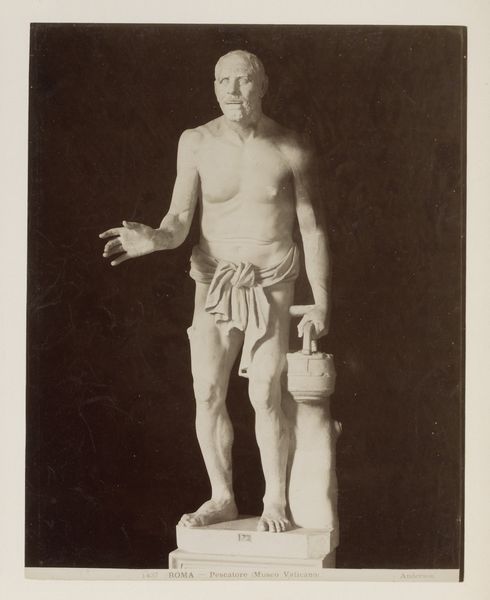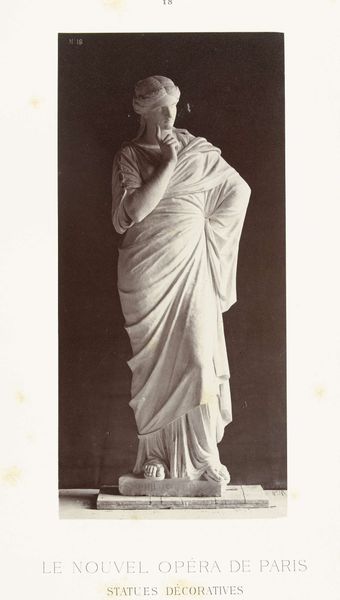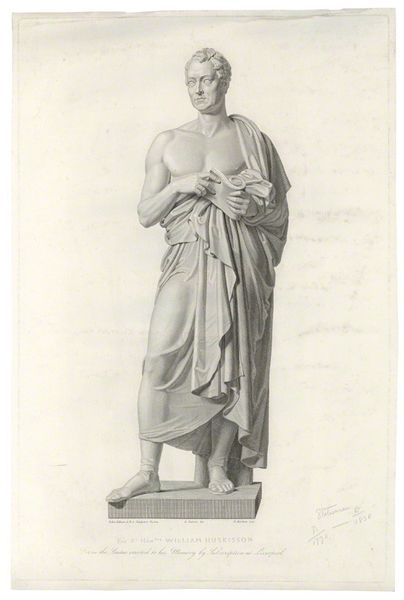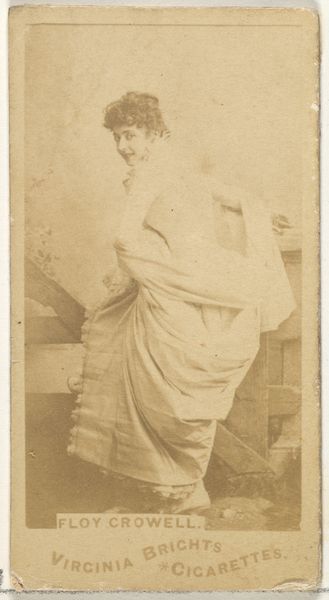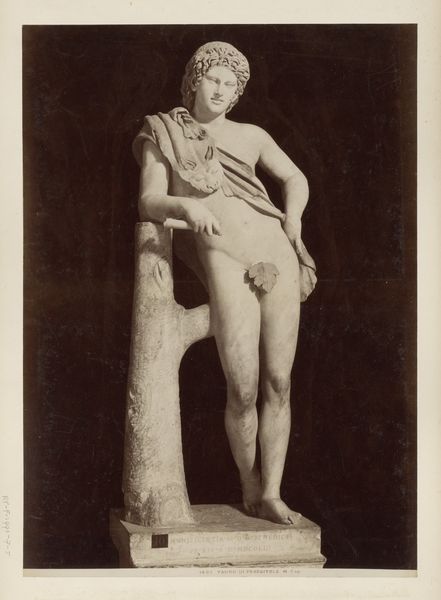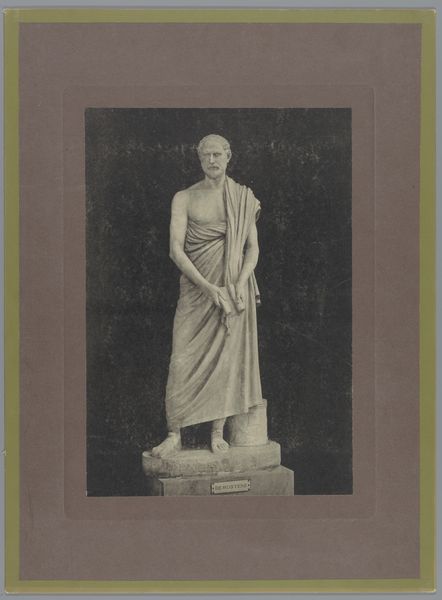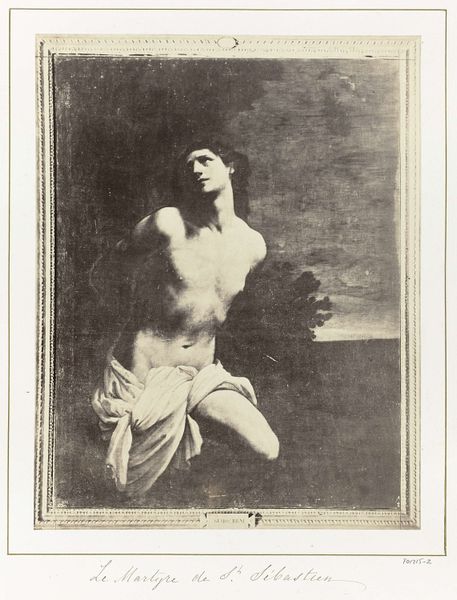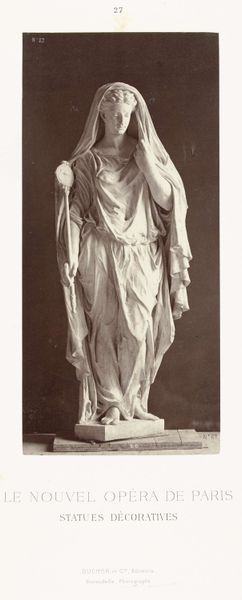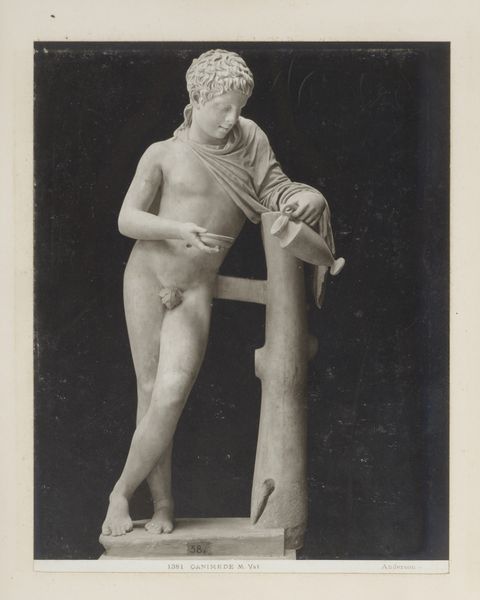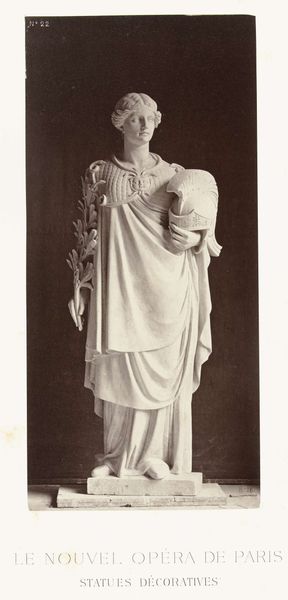
photography, sculpture, gelatin-silver-print
#
portrait
#
greek-and-roman-art
#
classical-realism
#
photography
#
ancient-mediterranean
#
sculpture
#
gelatin-silver-print
#
statue
Dimensions: height 388 mm, width 292 mm
Copyright: Rijks Museum: Open Domain
Curator: This photograph, taken by James Anderson between 1857 and 1875, captures a sculpture titled "Sculptuur van Demostenes, Vaticaan," now held at the Rijksmuseum. Editor: It's stark, isn’t it? The texture is so present in the drapery and the rough-hewn base; the way the light falls suggests such physical presence. Curator: Anderson’s lens translates the cultural weight of Demosthenes into a powerful image. The figure, a symbol of oratory and democratic ideals, stands as a reminder of classical rhetoric. His expression, caught in this still photograph, carries centuries of meaning. Editor: Agreed, but the material translation interests me most. The sculpture is stone, yet the photo transforms it. Think of the darkroom, the silver reacting to light, creating an illusion of texture that rivals the original carved stone! We lose something but gain something distinct about process and value. Curator: And what do we gain by preserving him, the symbolic man of persuasive speaking and reasoned thought in new mediums over centuries of conflict? The continuous visual symbol echoes through ages, calling viewers towards virtue. Editor: Maybe it's a testament to replication as much as remembrance. Think of the labor: the sculptor in marble, Anderson with his camera and chemicals, and then every print made thereafter—each an act of reproduction with varying quality and reach, democratizing high art, or merely commercializing it, what do you suppose? Curator: Possibly both. These images make heroes approachable, but also invite repeated interactions which cement the myth, one print at a time. The hero returns again and again, reshaped but eternally himself. Editor: A nice synthesis. Looking at this another moment makes one grateful for Anderson’s skill, even if it’s applied toward replicating something already there. To document is an act of materiality and selection, too. Curator: Indeed, seeing how past symbols take new shape is our connection to history, no matter the medium. Editor: Well, that gives one much to think about as we examine materials!
Comments
No comments
Be the first to comment and join the conversation on the ultimate creative platform.

